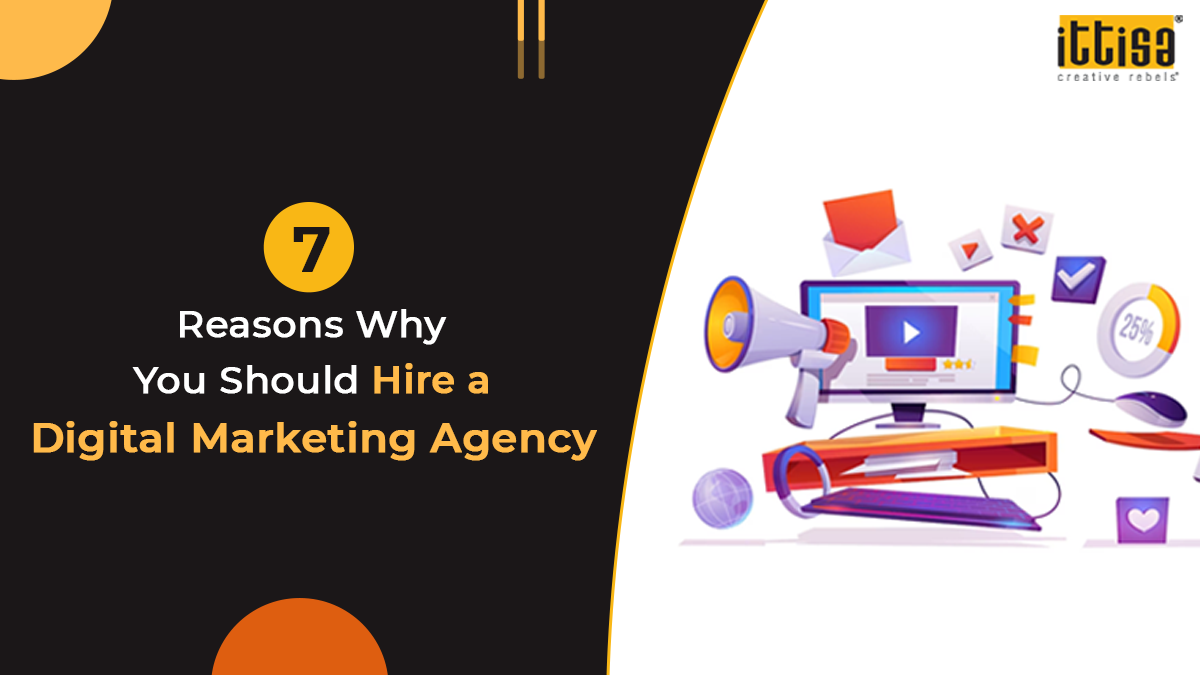September 08, 2014
What Are The Best Business Strategies For Start-Ups?
What are the primary differences between your company and your competitors? How is your venture unique, and why will your goods or services appeal to customers?
In other words, what are the underlying strategies for your business? One must have an answer to these questions before starting a business. Before we go any further we must know what is ‘Strategy’?
Strategy basically means your business plan to start and implement any business initiative which is essentially needed if a proposal is feasible or not and what are the intricacies involved in terms of its setup, financial & other requirements as well as timelines for it to become a fruit-bearing enterprise for you.
Majorly the following steps constitute to formulate best business strategies for start-ups
Purpose & Intent - Business strategies for start ups
Defining your purpose is important because it makes you aware of what you want to achieve out of the proposal. Broadly it should be your vision which defines your mission for starting the venture.
This will let you know what you want to sell (product/service), who are your potential customers, what are your competitive advantages, what is your plan for growth and so on.
Goal Settings
Goal setting is a meaningful exercise undertaken to determine where we are today and where we want to be after one year or five years or so. In a new business, one needs to go through some research and development before predicting the outcomes for longer time periods.
Two sets of goals are to be created i.e. Short term: range from six to 12 months, Long term: maybe two to five years. The goals have to be as specific as possible and some exercise for goal setting can be done by answering some relevant questions like:
- As an owner/partner of the business, what do you want to achieve?
- How large or small do you want this business to be?
- Do you want to include family in your business?
- How many people you want to employ for the business?
- The quality, quantity of the product(s) you want to produce and the service and customer satisfaction levels.
- How would you explain your primary competitive advantages?
- How do you see the business making a difference in the lives of your customers?
This kind of exercise will help in proper goal setting.
Working out business strategies for start ups to achieve the Goals:
Before actually working out the business strategies for start-ups, it is important to understand and define the guiding factors for working out the strategies. Some of which can be:
1. Understand the Target Customers and their requirements:
It is important to choose the target market carefully and understand what the unmet needs of your prospective customers are. How your business would meet those needs. Is it something the customer does not have or is currently being met some sources for which you will provide a better alternative?
What problems does your product or service solve? What are the negative and positive perceptions that customers have about you, your profession and its products or services?
Identify both the negative and positive consequences. You will be able to use what you learn when you start marketing and promoting your business.
2. Learn From Your Competition
We can learn a lot about our business and customers by looking at how our competitors do business. We must know some basic facts about our target market like:
- What competitors do we have?
- How are they approaching the market?
- What are their weaknesses and strengths?
- How can we improve upon the competition’s approach?
We have to have knowledge of the lifestyles, demographics and psychographics etc. of our prospective customers.
3. Financial Constraints
The financial parameters will determine the boundaries of our strategies. This will depend upon how we make money? What is our break-even point? How much profit potential does our business have?
We have to prepare reliable financial projections beforehand which will take into account the collection period for accounts receivables (outstanding customer accounts) as well as the payment terms for suppliers.
Like we may be releasing payments in 30 days, but collection cycle from customers may be 45 days or as early as 15 days. We would need to fulfill the gaps in the cash position and work out strategies accordingly.
Marketing Strategy
Working out most suitable marketing strategy for the business is a very tedious job which is required to be done very carefully considering all the relevant factors such as:
a) Identifying all Target Markets: Who is going to be our ideal customer or target market? It has been experienced that 80% of business of many companies comes from 20% of their customers. It will therefore make sense to direct time and energy toward those customers who are most important.
b) Determining the Customer Profile: The purpose of this step is to determine which customer profile meets the best odds of success. The strategy is to position business at the same level as the majority of the buyers are targeting. It is critical to figure out who are the best customers and how to best position our company in the marketplace.
c) Identifying Tools, Approaches and Methods: Marketing is the process of finding, communicating and educating your primary market about products and services. We have to choose a combination of tools and approaches, that when combined, increase odds of success.
d) Testing Marketing approach and Tools: The assumptions that we do not verify are typically the ones that have the potential to create business problems. Therefore we have to test all business assumptions, especially when we are making major expenditures.
Synergizing Offline and Online Marketing business Strategies for start ups
The advent of Internet combined with the rise of social media has resulted in shifting the (to a certain extent) marketing focus towards online channels. However, traditional “offline” marketing strategies still remain major tool for reaching the customers. With the target of maximizing sales revenues in mind there is a need to synergize both for achieving the set out goals.
Some Marketing business Strategies for start ups
- Ads on print, radio or TV are usually expensive, therefore one has to make sure that the product or service to be advertised demonstrates itself to be profitable and is of a high quality. May be to start in a local area to keep spending at a minimum can help in having a targeted ad campaign.
- Brochures, Business Cards & Flyers etc. can help in disseminating information about your business. These need to be distributed in large public areas where there is plenty of human traffic. It can give definitive information about the congregation of your prospective customers/clients.
- Putting Sticker Ads on Cars buses, trains and other modes of transport is also a affordable way of advertising. Similarly, shirts, hats or any similar clothing with company logo and URL can be distributed for publicity.
- Mobile Advertising can be done by contacting the customers on mobile phones. Similarly direct Mail campaign is also effective. It makes an immediate impact as it gives customers the convenience of getting to know more about your business and your products while in the comfort of their own homes.
- Collect physical addresses of your customers using a subscription method you can package into your products. You are capitalizing on their interest in what you’re offering. You can also spend on targeted mailing lists that fall in line with your target audience to reach potential customers
Connecting Online and Offline Marketing
The joint potential of offline strategies and online strategies can be realised by bridging the gap between the two. For example Social Media is one of the fastest medium of spreading information at an unparalleled speed and influencing the current generation in the process.
It can be made to work for publicising offline marketing strategy by promoting events through your business social media pages. Even your online “fans” and “followers” can be given an incentive for showing up by providing them exclusive promos and discounts.
The social media addresses (along with official website address) can be printed on all offline marketing materials. The employees can be educated to use social media to convert leads into customers.
To avoid confusion at the customer’s end, It is important to have a uniform brand in all the marketing campaigns i.e. same slogan and logo etc. . This also means putting your website’s URL, as well as your social media accounts’ URL, on each and every promotional offline material you have as stated earlier.
The offline campaign can be tracked online. Plenty of analytics tools available to see if the offline marketing is working by setting up unique tracking URLs and placing them in your traditional marketing materials. Integrate these URLs with your QR codes for maximum tracking efficiency.
Doing this lets you distinguish changes in your website’s traffic, conversion rates and more, whether they’re a result of your online strategy or your offline strategy instead.
Offline marketing is a great avenue to bolster your business’ overall campaign. By running it in conjunction with a concrete online marketing strategy, you get to cover much more ground. The result is an increase in your brand recognition which, in turn, can lead to more sales. The tagline is to keep both balanced.



